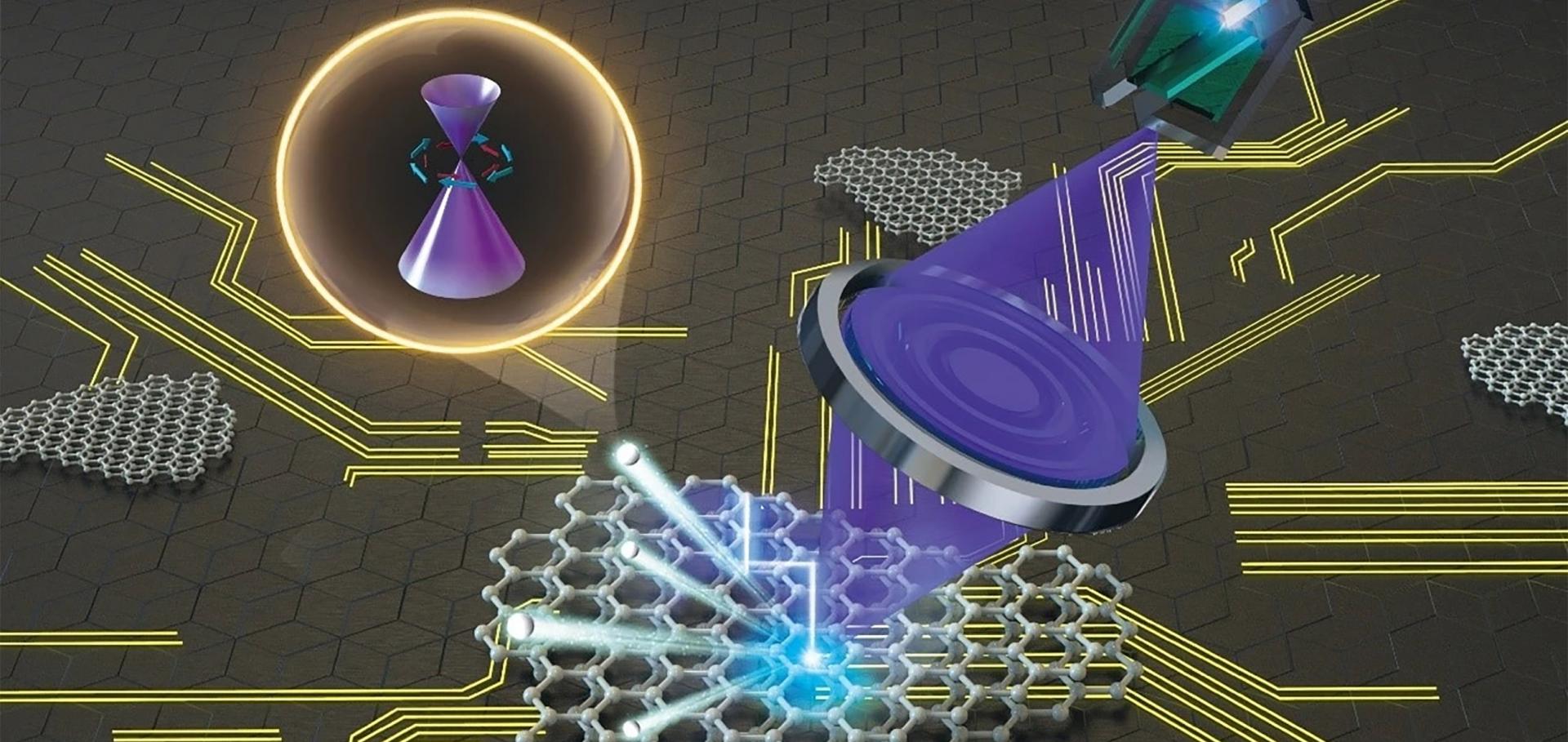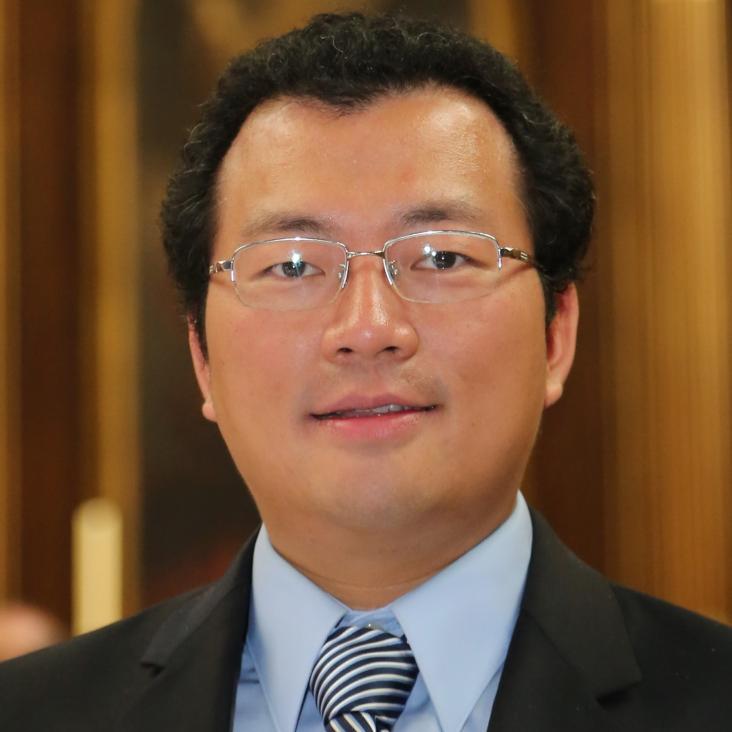Visualizing electronic structures of quantum materials by angle-resolved photoemission spectroscopy
Nature Reviews Materials Springer Nature 3:9 (2018) 341-353
Ultrafast and highly sensitive infrared photodetectors based on two-dimensional oxyselenide crystals
Nature Communications Springer Nature 9:1 (2018) 3311
Folded superstructure and degeneracy-enhanced band gap in the weak-coupling charge density wave system 2H−TaSe2
Physical Review B American Physical Society 97 (2018)
Abstract:
Using high-resolution angle-resolved photoemission spectroscopy (ARPES), we have mapped out the reconstructed electronic structure in the commensurate charge-density-wave (CDW) state of quasi-two-dimensional transition metal dichalcogenide 2H-TaSe2. The observation of the fine structure near Brillouin zone (BZ) center supplements the picture of Fermi surface folding in the 3×3 CDW state. In addition to the anisotropic CDW band gaps that energetically stabilize the system at the Fermi level in the first-order lock-in transition, we found band reconstruction at high binding energy, which can be well explained by the hybridization between main bands (MBs) and folded bands (FBs). Furthermore, in contrast to the perfectly nested quasi-one-dimensional system, triple-nesting-vector-induced CDW FBs increase the degeneracy of the band crossing and thus further enlarge the magnitude of band gap at certain momentum-energy positions. The visualization and modeling of CDW gaps in momentum-energy space reconciles the long-lasting controversy on the gap magnitude and suggests a weak-coupling Peierls physics in this system.Single crystalline electronic structure and growth mechanism of aligned square graphene sheets
APL Materials AIP Publishing 6:3 (2018) 036107
Author Correction: How to probe the spin contribution to momentum relaxation in topological insulators.
Nature communications (2018)


